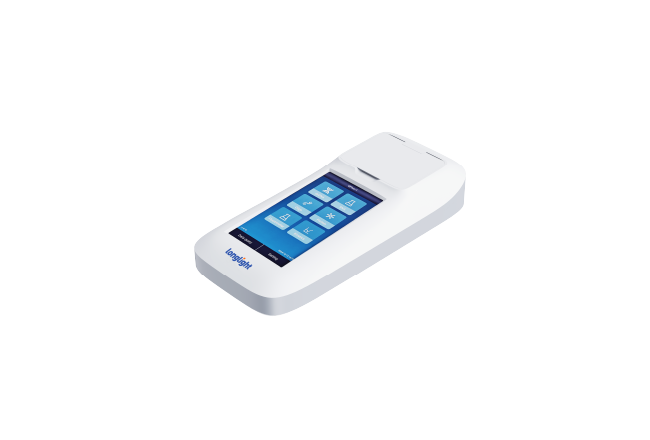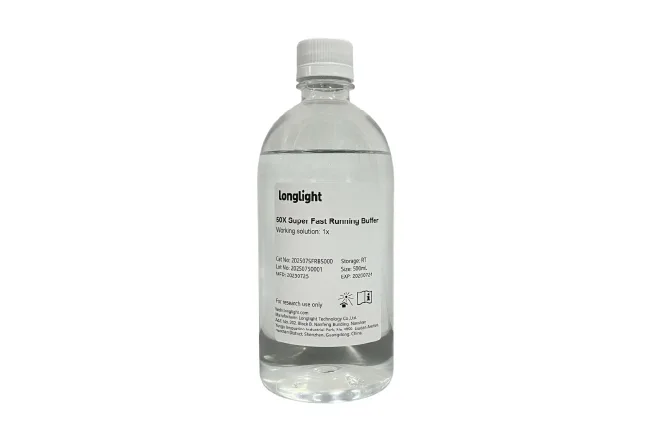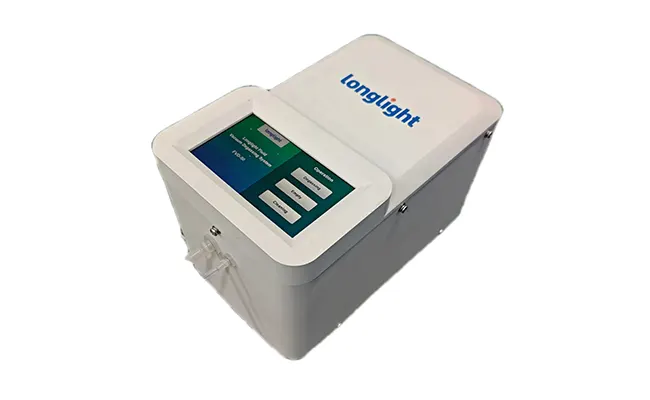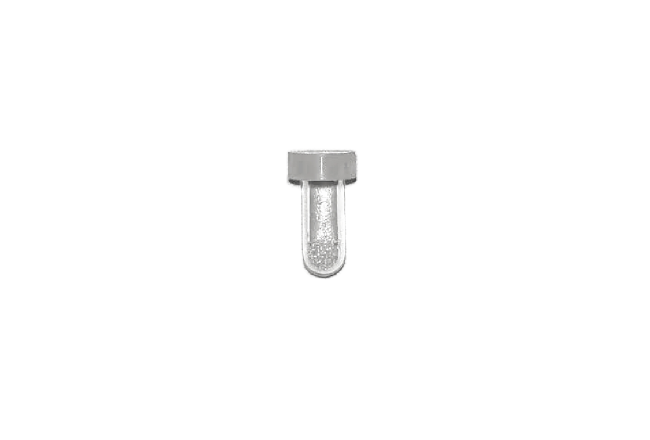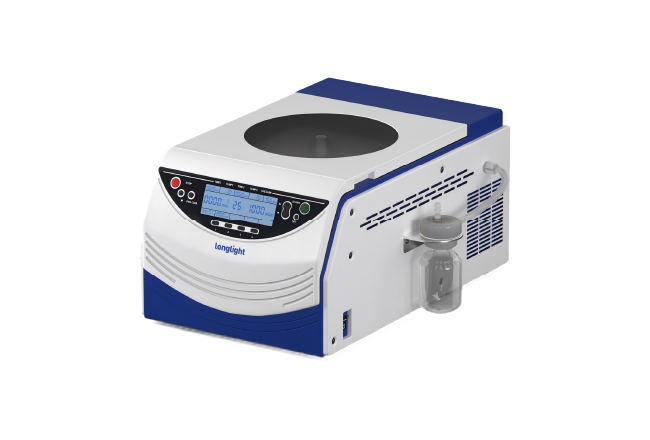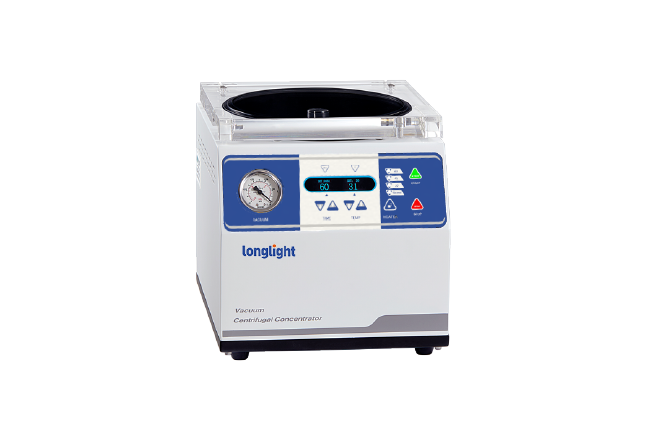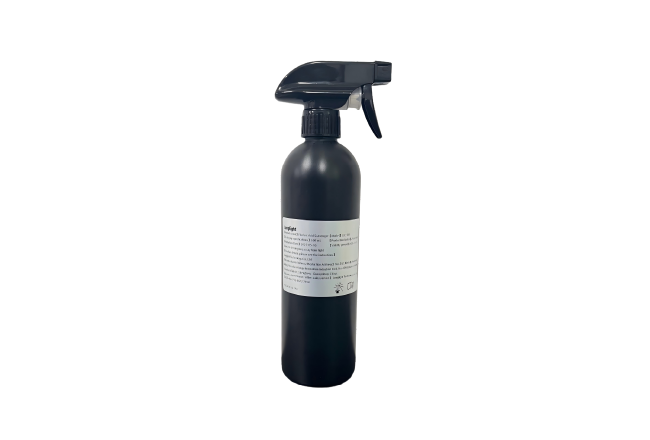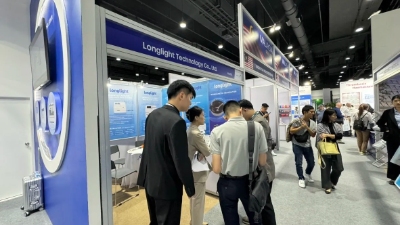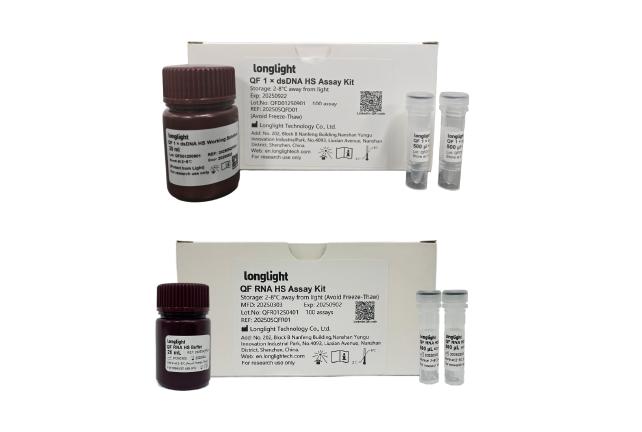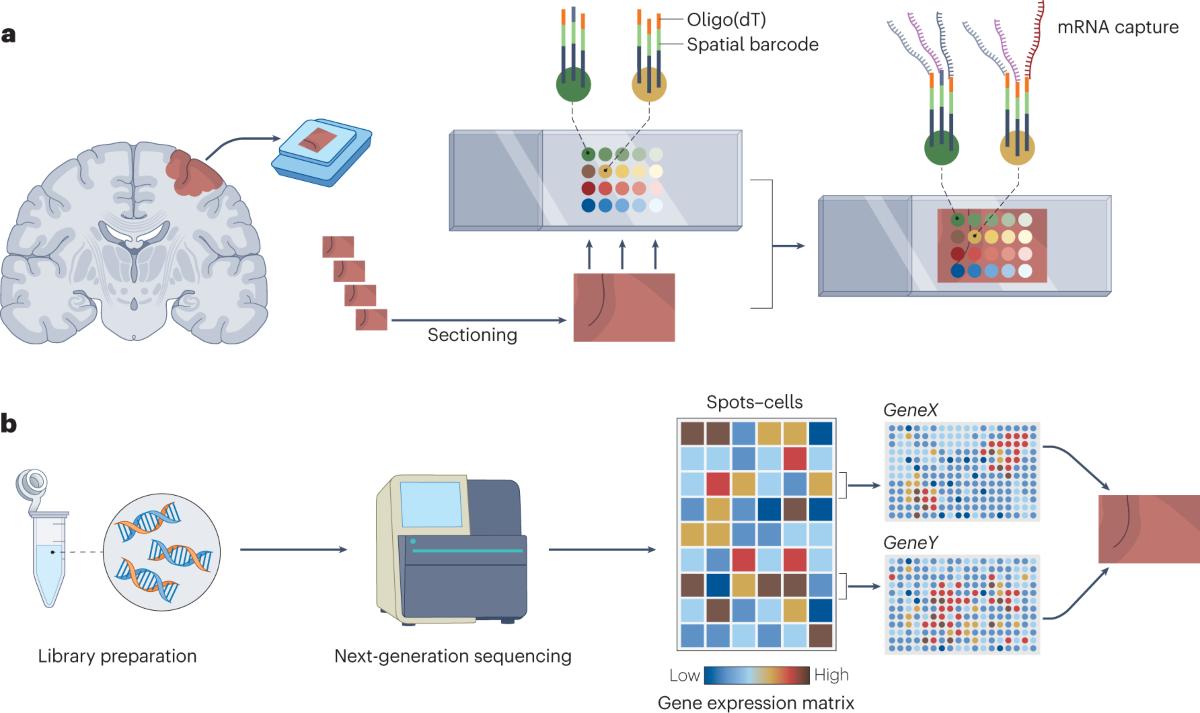Related Post
How Laboratory Concentration Systems Improve Protein Concentration Accuracy
2025-10-27Laboratory Concentration Systems are instruments that remove solvents from small-volume samples – typically via vacuum, controlled heat, and centrifugal force – to concentrate proteins, nucleic acids, or analytes while preserving integrity. By lowering boiling points under vacuum and preventing bumping with centrifugation, these systems deliver rapid, gentle evaporation and highly reproducible endpoints. Internationally, Laboratory Concentration Systems are standard in peer-reviewed workflows for proteomics, RNA-seq/NGS library preparation, and LC-MS metabolomics reported by leading academic medical centers and core facilities worldwide. They are frequently referenced in method papers focusing on sample cleanup, desalting, and low-abundance biomolecule recovery where consistent concentration is critical to quantitative accuracy.

(Single-cell RNA-sequencing of virus-specific cellular immune responses in chronic hepatitis B patients | Scientific Data)
Laboratory Concentration Systems serve across the lab: concentrating proteins for SDS-PAGE, western blotting, ELISAs, and LC-MS; cleaning and concentrating nucleic acids for PCR, qPCR, and sequencing; desalting oligonucleotides; drying peptides and metabolites; enabling buffer exchange and solvent switching; concentrating chromatographic fractions; and streamlining routine prep in molecular diagnostics, biopharma, analytical testing, and environmental or food laboratories. These systems are redefining dependable protein concentration in molecular diagnosis and molecular biology. At Longlight Technology, we engineer for the next decade – removing daily roadblocks such as sample loss, heat-induced damage, solvent residue, and run-to-run variability that can delay reports and product milestones.
Precision Protein Results with Laboratory Concentration Systems
- The Hidden Costs Of Inaccuracy
Protein analysis is unforgiving. Tiny losses distort downstream assays, and even mild overheating can denature valuable targets. Residual solvent shifts quantitation and forces repeat runs. Many labs still patch together manual steps that trade speed for integrity. Laboratory Concentration Systems replace this uncertainty with controlled evaporation, stable operating parameters, and repeatable runs that hold up across replicates. The result is simple: cleaner baselines, tighter CVs, and confidence in every data point you publish or transfer to QC.
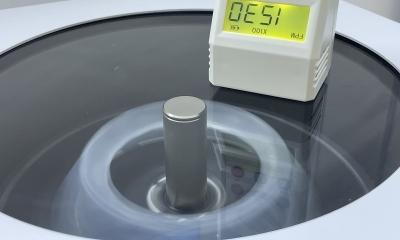
❓ Why Vacuum + Centrifugal Methods Work?
Vacuum lowers boiling points, so solvents leave the sample at gentler temperatures. Centrifugal force keeps droplets contained and promotes even exposure, reducing bumping and uneven drying. Together, these principles create a rapid, low-stress route to dryness or near-dryness that preserves the structure and function of heat-sensitive proteins. In molecular diagnosis and NGS sample prep – where every microliter matters – Laboratory Concentration Systems provide a consistent, vacuum-assisted path that protects enzymes, carrier proteins, and fragile complexes while maintaining throughput.
Inside Longlight‘s LLV-1: Design That Protects Proteins
Longlight Technology’s LLV-1 Vacuum Centrifugal Concentrator turns those principles into practical, everyday gains. It brings precise control, robust materials, and flexible capacity to the bench – so accuracy is designed in, not left to chance.
Intelligent Control And Safer Temperature
The LLV-1 integrates a fast control system for intelligent, precise, and efficient operation. A friendly interface streamlines setup with four program shortcut keys and space for thirty user programs, helping teams standardize methods across shifts and users. Two-stage temperature control keeps samples safer under vacuum by limiting heat stress as solvents evaporate. When a cycle ends, an imported pressure relief valve automatically releases vacuum for easy, safe access, minimizing disturbance to concentrated pellets or films.
- Precise set-points support reproducible evaporation profiles.
- Two-stage temperature control reduces denaturation risk during solvent removal.
- Automatic vacuum release improves handling and operator safety.
Materials And Capacity Built For Real Labs
Protein workflows use aggressive solvents, so the LLV-1 is engineered to last. The chamber is 304 stainless steel with a Teflon coating, and the entire instrument receives anti-corrosion treatment. A digital anti-corrosion vacuum gauge resists organic solvents to help maintain reliable readings over time. Inside, a built-in diaphragm vacuum pump with pure PTFE (Teflon) pump heads offers strong chemical resistance while delivering stable vacuum levels for consistent runs.
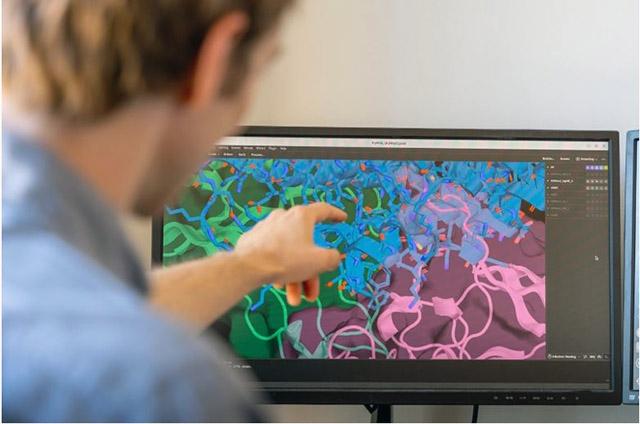
Throughput matters too. A new electromagnetic drive system concentrates up to 90 x 1.5 mL tubes at once with low vibration, supporting uniform concentration across positions – ideal for protein screens, fraction collections, or side-by-side method comparisons. Rich accessories, rotors, and adapters let you match vessel formats as protocols evolve, from proteins to DNA/RNA and oligonucleotides. The LLV-1 can also be paired with cold trap systems, creating a reliable, closed-loop approach to solvent management that fits life science, analytical testing, and drug development needs.
- Low-vibration drive supports even concentration across the rotor.
- Corrosion-ready materials preserve performance with organic solvents.
- Flexible rotors and adapters adapt to changing assay formats.
What This Means For Protein Concentration Accuracy?
Accuracy improves when the instrument minimizes stress and standardizes handling. The LLV-1’s controlled vacuum, gentle temperature profile, and stable mechanics help preserve protein structure and activity. Programmable methods reduce operator-to-operator variability, while durable, solvent-resistant components protect sensor fidelity and vacuum stability over time. In short, Laboratory Concentration Systems like the LLV-1 turn best practices into an everyday default.
Future-Ready Molecular Programs With Longlight Technology
- Built For Molecular Diagnosis And NGS
Longlight Technology focuses on the future of molecular diagnosis and molecular biology. In NGS pipelines, concentration and solvent removal underpin library quality, data yield, and schedule predictability. The LLV-1’s gentle, vacuum-assisted approach supports accurate concentration for proteins as well as DNA/RNA and oligonucleotide workflows – helping labs protect scarce material, reduce repeats, and keep turnaround times steady. By moving from improvised evaporation to an instrumented process, teams reduce points of failure and gain reproducible concentration steps that scale from pilot to routine use.
- Practical Gains You Can See
Not every improvement shows up in a spec sheet; many appear in your day-to-day:
- Faster setup with program shortcuts reduces idle time between runs.
- Consistent evaporation profiles improve comparability across batches.
- Safer handling via automatic pressure relief streamlines changeovers.
- Anti-corrosion design supports stable performance with common solvents.
- High capacity accelerates screens without sacrificing gentle conditions.
Those small wins add up. Fewer repeats mean less consumable waste. Stable runs simplify training and onboarding. Standard methods make audits more straightforward. Above all, your protein concentration step stops being a bottleneck and starts acting like a reliable link in the chain.
Call To Action: Put Accuracy On Autopilot
If you want a concentration step that protects heat-sensitive proteins and keeps your schedule moving, it’s time to evaluate the Longlight Technology LLV-1 Vacuum Centrifugal Concentrator. Our team can map your current process, suggest rotor options, and recommend temperature and vacuum settings that fit your targets.
Start now:
- Request a demo and a brief protocol review for your protein assays.
- Ask about adapters, rotors, and cold-trap configurations for your lab.
- Run a pilot to benchmark recovery, integrity, and reproducibility.
With Longlight Technology, Laboratory Concentration Systems become a durable foundation for protein accuracy – supporting today’s workloads and tomorrow’s molecular programs.


